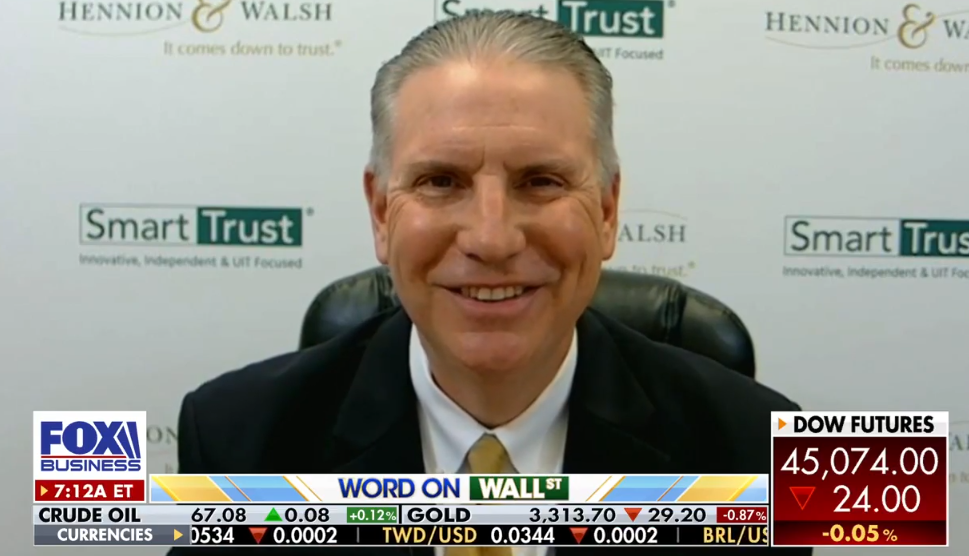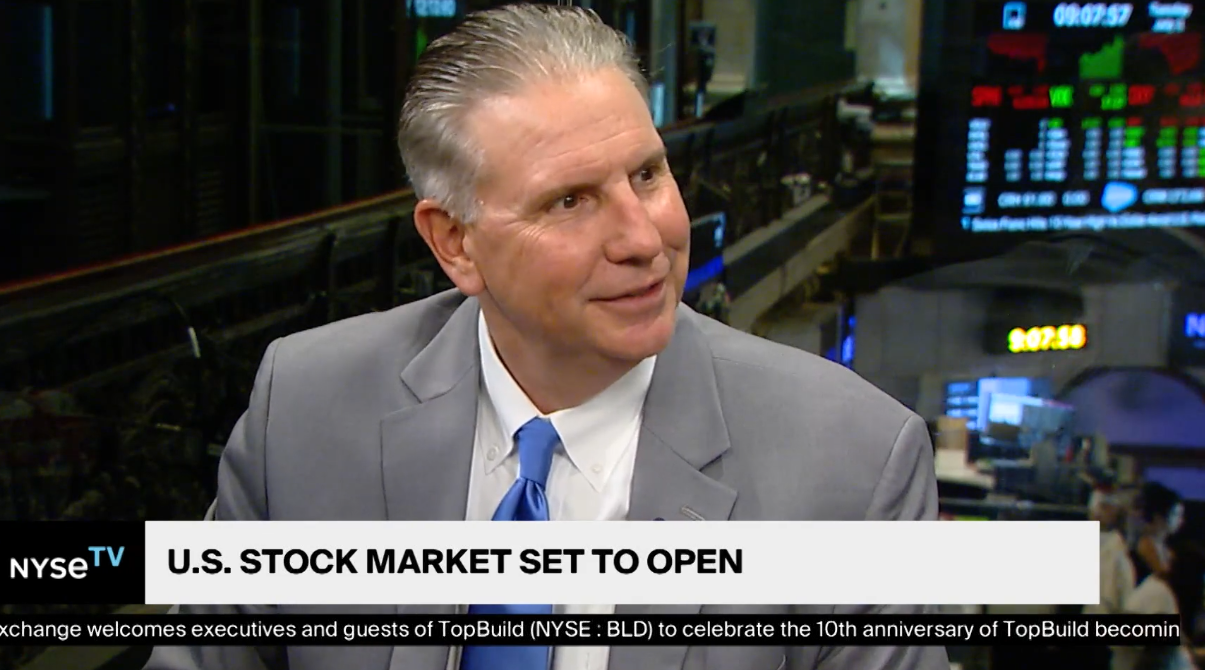
Flat Week of Returns Capped by Jobs Disappointment
Market Overview

Sources: Equity Market, Fixed Income and REIT returns from JP Morgan as of 06/03/16. Rates and Economic Calendar Data from Bloomberg as of 06/07/16.
Happening Now
U.S. stocks finished nearly flat last week with the S&P 500 Index gaining 0.04% and the Dow Jones Industrial Average losing 0.30%. On the international front, Developed Markets gained slightly, when measured in U.S. Dollars, with the MSCI EAFE Index increasing 0.19%. Stocks from Emerging Market countries also saw only marginal movement as the MSCI EM Index gained 1.09%, again when measured in U.S. Dollars. This relatively quiet week was capped off with the release of the Employment Situation Report on Friday which showed the lowest number of job gains in over five years.
The Employment Situation Report is released by the Bureau of Labor Statistics (BLS) on the first Friday of each month and measures job gains, the unemployment rate, the labor force participation rate and a number of more narrowly focused employment areas. The current report showed that only 38,000 new employees were hired, falling considerably short of the consensus range of 110,000 – 219,000. This was the least number of job gains since September of 2010. Additionally, the percentage of people looking for jobs, also known as the Labor Force Participation rate, fell to 62.6% from 62.8% in April. This marked its lowest level since December 2015 and is near its own 38 year low. On a positive note, the national unemployment rate in the U.S. to drop to 4.7% from 5.0%.
This jobs report is likely to have greater implications for the discussion of U.S. monetary policy than for the impact on the U.S. economy. Prior to the release of this report, a number of hawkish comments from Fed Governors and Bank Presidents over the course of the past month have raised the probability of a summer hike in the eyes of many investors and the Federal Reserve (Fed) appeared set to increase the Target Federal Funds rate from the current level of 0.25% – 0.50% at either their June or July meeting.
We still believe that a rate hike will occur this summer and while most believe July is now more likely then June given the weak employment report, remember that the June meeting will be followed by a summary of economic projections and press conference by Fed Chair Janet Yellen. Given the focus on transparency on the part of the Fed, it would make sense that a rate hike would occur at a meeting that is followed by a press conference. This would give Janet Yellen an opportunity to explain the decision and reassure markets that future rate hikes will be slow and dependent on continued improvement in the economy. Should a rate hike not occur in June, look for Yellen to use the press conference as a platform for explaining why a rate hike is all but certain at the July meeting. We also have not ruled out an additional rate hike, possibly two, by the end of 2016.
Important Information and Disclaimers
Disclosures: Hennion & Walsh is the sponsor of SmartTrust® Unit Investment Trusts (UITs). For more information on SmartTrust® UITs, please visit www.smarttrustuit.com. The overview above is for informational purposes and is not an offer to sell or a solicitation of an offer to buy any SmartTrust® UITs. Investors should consider the Trust’s investment objective, risks, charges and expenses carefully before investing. The prospectus contains this and other information relevant to an investment in the Trust and investors should read the prospectus carefully before they invest.
Investing in foreign securities presents certain risks not associated with domestic investments, such as currency fluctuation, political and economic instability, and different accounting standards. This may result in greater share price volatility. These risks are heightened in emerging markets.
There are special risks associated with an investment in real estate, including credit risk, interest rate fluctuations and the impact of varied economic conditions. Distributions from REIT investments are taxed at the owner’s tax bracket.
The prices of small company and mid cap stocks are generally more volatile than large company stocks. They often involve higher risks because smaller companies may lack the management expertise, financial resources, product diversification and competitive strengths to endure adverse economic conditions.
Investing in commodities is not suitable for all investors. Exposure to the commodities markets may subject an investment to greater share price volatility than an investment in traditional equity or debt securities. Investments in commodities may be affected by changes in overall market movements, commodity index volatility, changes in interest rates or factors affecting a particular industry or commodity.
Products that invest in commodities may employ more complex strategies which may expose investors to additional risks.
Investing in fixed income securities involves certain risks such as market risk if sold prior to maturity and credit risk especially if investing in high yield bonds, which have lower ratings and are subject to greater volatility. All fixed income investments may be worth less than original cost upon redemption or maturity. Bond Prices fluctuate inversely to changes in interest rates. Therefore, a general rise in interest rates can result in the decline of the value of your investment.
Definitions
MSCI- EAFE: The Morgan Stanley Capital International Europe, Australasia and Far East Index, a free float-adjusted market capitalization index that is designed to measure developed-market equity performance, excluding the United States and Canada.
MSCI-Emerging Markets: The Morgan Stanley Capital International Emerging Market Index, is a free float-adjusted market capitalization index that is designed to measure the performance of global emerging markets of about 25 emerging economies.
Russell 3000: The Russell 3000 measures the performance of the 3000 largest US companies based on total market capitalization and represents about 98% of the investible US Equity market.
ML BOFA US Corp Mstr [Merill Lynch US Corporate Master]: The Merrill Lynch Corporate Master Market Index is a statistical composite tracking the performance of the entire US corporate bond market over time.
ML Muni Master [Merill Lynch US Corporate Master]: The Merrill Lynch Municipal Bond Master Index is a broad measure of the municipal fixed income market.
Investors cannot directly purchase any index.
LIBOR, London Interbank Offered Rate, is the rate of interest at which banks offer to lend money to one another in the wholesale money markets in London.
The Dow Jones Industrial Average is an unweighted index of 30 “blue-chip” industrial U.S. stocks.
The S&P Midcap 400 Index is a capitalization-weighted index measuring the performance of the mid-range sector of the U.S. stock market, and represents approximately 7% of the total market value of U.S. equities. Companies in the Index fall between S&P 500 Index and the S&P SmallCap 600 Index in size: between $1-4 billion.
DJ Equity REIT Index represents all publicly traded real estate investment trusts in the Dow Jones U.S. stock universe classified as Equity REITs according to the S&P Dow Jones Indices REIT Industry Classification Hierarchy. These companies are REITSs that primarily own and operate income-producing real estate.



